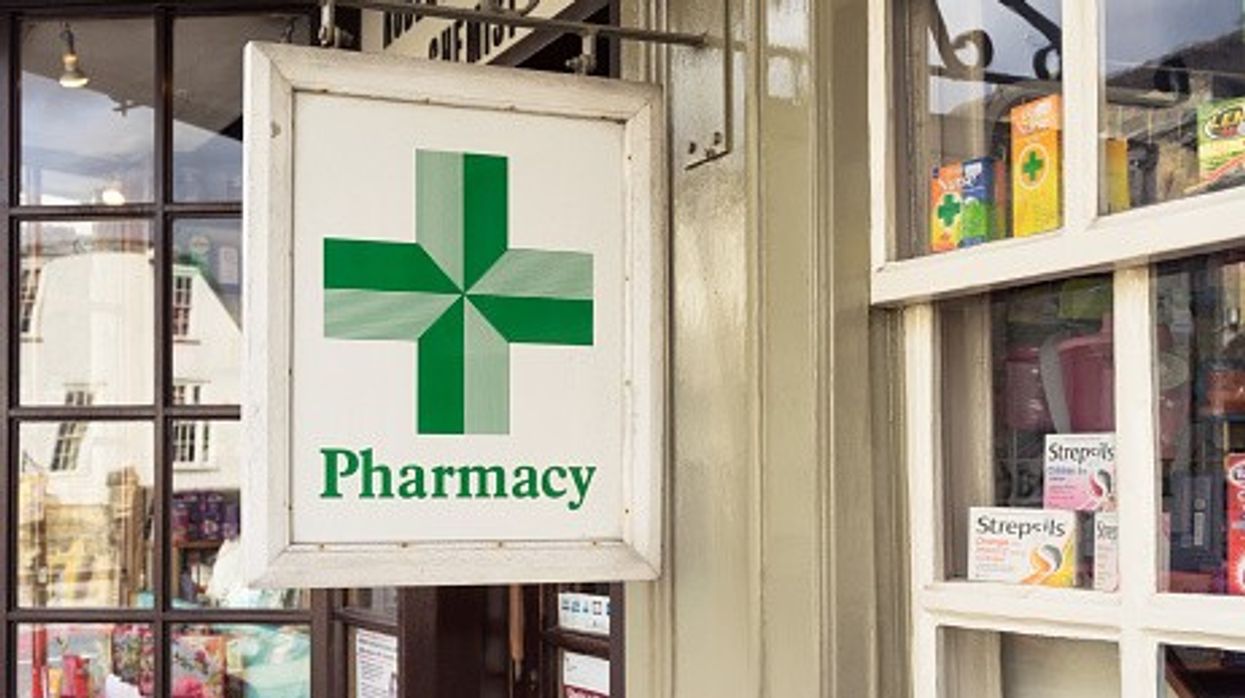Shivam Modi looks at the impact the new pharmacy contract will have on the sector.
In March 2025, Community Pharmacy England, NHS England, and the Department of Health and Social Care agreed on a settlement for community pharmacies. Community pharmacies will need to consider a number of short-term and long-term issues relating to tax as a result of the new funding.
A welcome increase in funding
The deal's most headline-grabbing component is the considerable increase in core funding. The Community Pharmacy Contractual Framework (CPCF) budget has been raised to £3.073 billion for the 2025/26 financial year, which will provide an uplift of over 30% compared to the 2023/24 allocation. Additionally, an extra £215 million will be directed toward expanding Pharmacy First and other services aligned with the Primary Care Recovery Plan.
This is a major financial boost for community pharmacies, who for many years have struggled under a fixed budget that failed to keep pace with inflation and the rising costs of medicine supply, staff salaries, and operational overheads. Between 2017 and 2023 alone, more than 1,200 community pharmacies closed, therefore, the new funding package is a much-needed lifeline.
Service expansion: A broader role for pharmacies
In addition to the funding uplift, the deal introduces many new service provisions, which are seen as a move towards integrating pharmacies more deeply into the wider primary care system. As a nationally funded NHS service, chemists will start providing emergency contraceptive consultations and supplies from October 2025. Additionally, as part of a larger commitment to mental health treatment, antidepressants will be added to the New Medicine Service (NMS).
Tax implications
For independent pharmacy owners, who often operate as limited companies or partnerships, the additional funding and service income may result in higher annual profits. It has been estimated that an average contractor will receive an extra £30,000 net from the new funding deal after factoring in increases in Employer National Insurance, National Minimum wage, and Business Rates. This additional income may lead to increased corporation tax liabilities for businesses.
However, there are several ways pharmacy businesses can mitigate the additional tax liability arising from increased profits:
· Annual investment allowance
The Annual Investment Allowance (AIA) allows businesses to claim 100% tax relief on the cost of qualifying assets, up to a set limit. For the 2025/26 tax year, this limit is £1 million. This means that any capital expenditure within this limit can be deducted from taxable profits in the year of acquisition.
Examples of assets eligible for capital allowances include:
· Pharmacy equipment, such as dispensing robots or automatic pill counters.
· IT and software systems used for patient management and inventory control.
· Fit-outs and renovations of the pharmacy premises.
· Directors pension
When a company makes pension contributions directly into a director's pension scheme, these payments are treated as a tax-deductible business expense, which in turn reduces the company’s taxable profits and its Corporation Tax liability.
For example, if a company contributes £30,000 to a director's pension, it can save up to £5,000 in Corporation Tax (£30,000 @ 25%). Employer pension contributions are more tax-efficient than salary or bonuses since they are exempt from National Insurance. The standard annual allowance is £60,000 (2025/26) per tax year for each director, but the company can potentially contribute more by using unused allowances from the past three tax years for each director.
· First-year allowance: 100 per cent deduction for electric cars
Under this scheme, companies can deduct 100 per cent of the cost of a new fully electric vehicle from their taxable profits in the year the car is purchased. This allowance is available until 31 March 2026 and applies only to brand-new, zero-emission vehicles that are either purchased outright or under qualifying hire purchase agreements. Leased cars do not qualify for this allowance, but monthly lease payments are an allowable expense in computing taxable profits.
Hidden Challenges and Cautions
While the deal is promising, several issues remain unresolved:
· Short-term nature of funding: The agreement only extends until the financial year 2025–2026. There's no clear indication of sustained funding growth beyond that period. For business planning and investment, this creates uncertainty.
· Delivery costs vs. income: Although new services bring in money, they also come with administrative responsibilities, staffing costs, training expenses, and technology improvements. To maintain profitability, pharmacies need to continuously evaluate their cost-to-income ratio.
· Workforce pressures: Delivering new services requires time and expertise. With ongoing recruitment challenges in the sector, some pharmacies may struggle to implement changes without overstretching their current teams, which could lead to burnout or higher turnover.
Overall, the March 2025 funding deal is a step in the right direction for community pharmacies, especially when compared to the static or declining funding seen in previous years. In addition to offering instant financial relief, it also heralds a change in the NHS's perception of pharmacies and the possibility of long-term service revenue. However, for the deal to be a long-term solution, the government must commit to multi-year funding certainty and support for workforce development to truly unlock the sector's potential.
This article is based on current legislation and practice and is for guidance only. Specific professional advice should be taken before acting on matters mentioned here. Shivam Modi FCCA, is a Chartered Certified Accountant and partner at Silver Levene, A Xeinadin Company. He can be contacted on 020 7383 3200 or shivam.modi@silverlevene.co.uk.












